On October 14, the US began charging a Section 232 (“national security”) tariff of 10% on imports of Canadian softwood lumber, on top of the duties that were already being charged. The premise that imports of Canadian 2x4s, sofas and bathroom vanities are somehow a threat to America’s national security is so ludicrous it hardly deserves rebuttal (although you can read a good analysis here). …The duties, in contrast, have been promoted as being carefully calculated responses to Canadian wrongdoing. The US Lumber Coalition outlines how the duty investigations by the US Department of Commerce take over a year to complete. Even the duty rates, calculated to the hundred of a percent, give off an aura of precision and accuracy.
 Nevertheless, the duty rates are every bit as ridiculous as the new tariffs; this ridiculousness is just more cleverly hidden. For example, the argument that Canadian companies pay less for their logs than American companies do has been shown to be inaccurate: cost comparisons by analysts such as Forest Economic Advisors show that Canadian mills’ log costs are often higher than those of their US neighbours. Similarly, the argument that Canadian logs are “dumped” into US markets is based on biased calculations, due to the US Commerce Department’s use of zeroing in its calculations. …Selectively including some export sales while excluding others from the calculations – biases the results against importers and yields an imposed competitive advantage to the US domestic mills. …Graphically, we can see that the higher-priced US transactions no longer balance out the lower-priced transactions, because the higher-priced transactions have been “zeroed out” (ignored in the calculations). There is an obvious bias to this calculation method!
Nevertheless, the duty rates are every bit as ridiculous as the new tariffs; this ridiculousness is just more cleverly hidden. For example, the argument that Canadian companies pay less for their logs than American companies do has been shown to be inaccurate: cost comparisons by analysts such as Forest Economic Advisors show that Canadian mills’ log costs are often higher than those of their US neighbours. Similarly, the argument that Canadian logs are “dumped” into US markets is based on biased calculations, due to the US Commerce Department’s use of zeroing in its calculations. …Selectively including some export sales while excluding others from the calculations – biases the results against importers and yields an imposed competitive advantage to the US domestic mills. …Graphically, we can see that the higher-priced US transactions no longer balance out the lower-priced transactions, because the higher-priced transactions have been “zeroed out” (ignored in the calculations). There is an obvious bias to this calculation method!

.png)
 A U.S.-Canada trade deal on steel, aluminium and energy could be ready for Prime Minister Mark Carney and US President Donald Trump to sign at the Asia-Pacific Economic Cooperation summit later this month in South Korea, the
A U.S.-Canada trade deal on steel, aluminium and energy could be ready for Prime Minister Mark Carney and US President Donald Trump to sign at the Asia-Pacific Economic Cooperation summit later this month in South Korea, the 

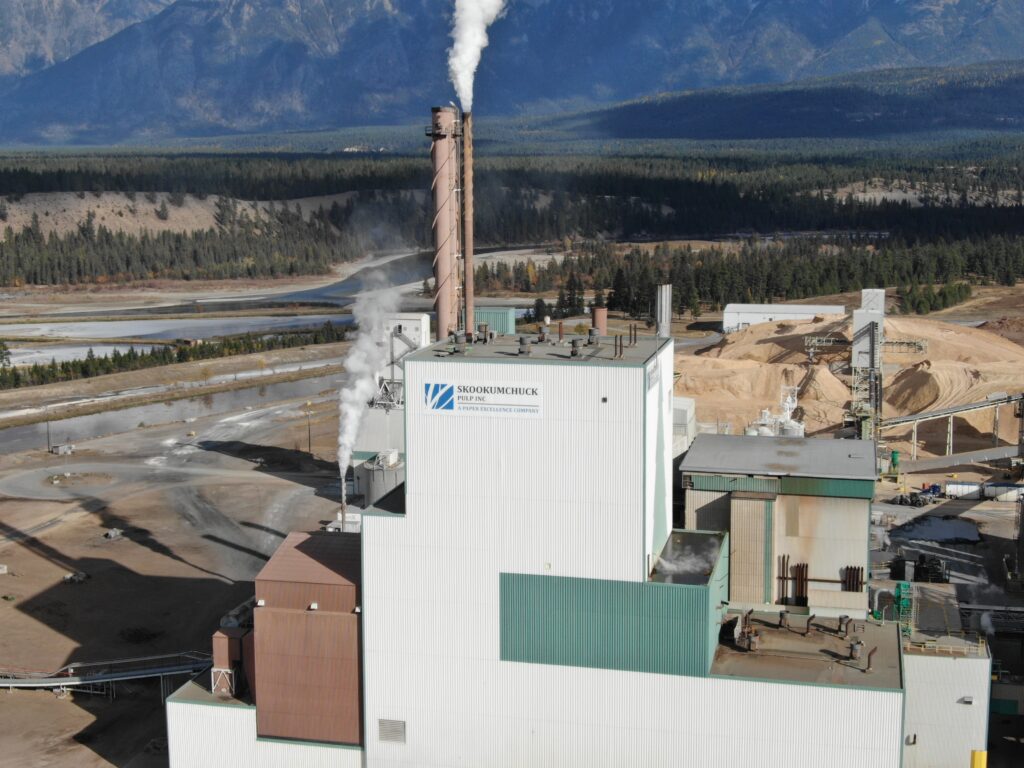


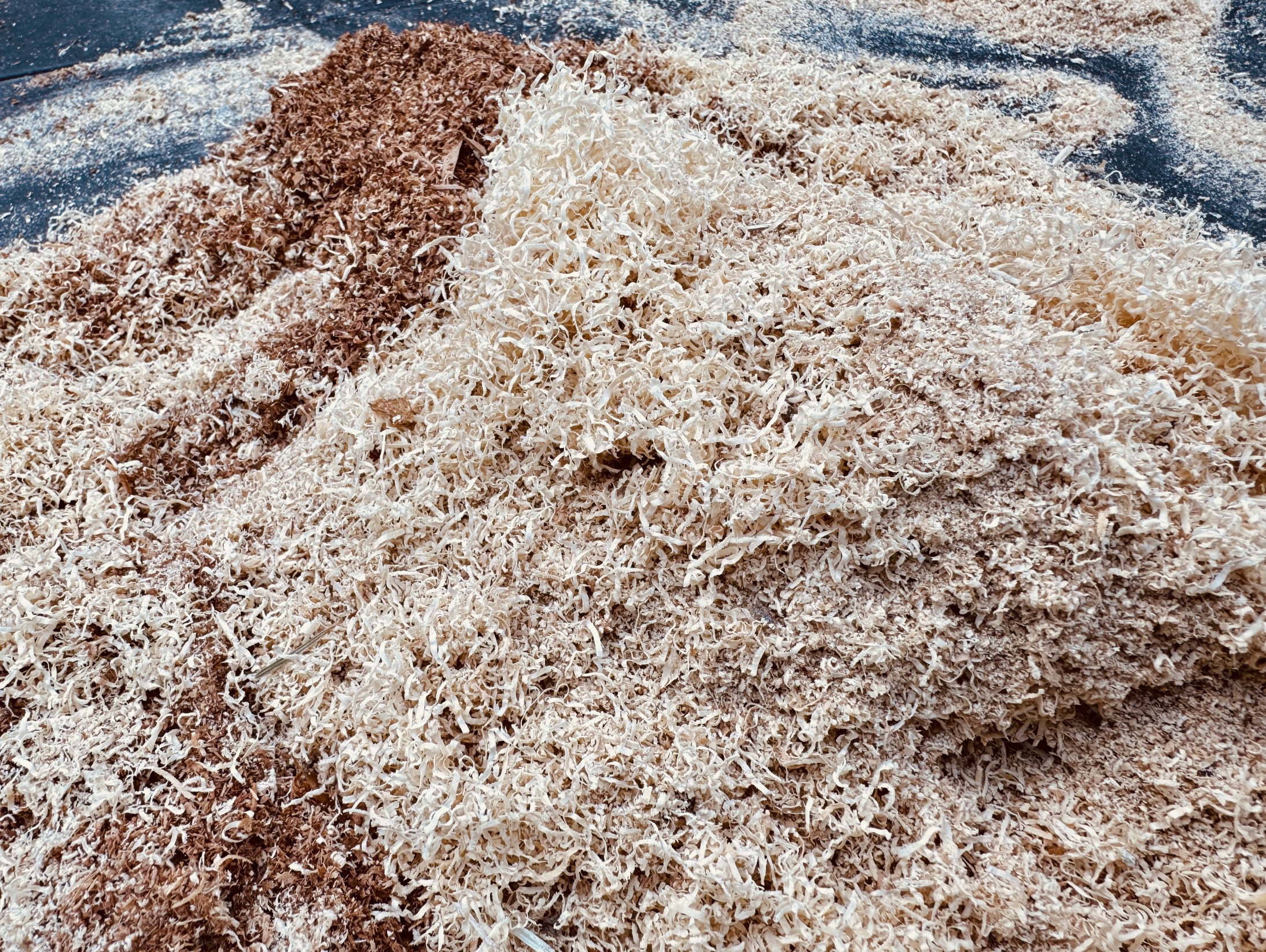 Kapuskasing Mayor Dave Plourde says after receiving good news on Friday, Kap Paper is slowly getting up and running again. Plourde said the facility was idle for about six weeks after the board ran out of funds to pay employees. Now the community is relieved that the federal and provincial governments have stepped up with close to $29 million to get around 300 people back on the payroll. Plourde said work is underway to plan for the operation’s future. “We started yesterday on the commencement of that,” he said. “It had already been in the works prior to that, but we’re having regular updates and we’re going to make sure that we have something in front of government very soon.” Plourde, who is also chair of the Federation of Northern Ontario Municipalities, said the support is appreciated, but overall, northern Ontario’s forestry sector requires urgent and coordinated action to ensure long-term stability.
Kapuskasing Mayor Dave Plourde says after receiving good news on Friday, Kap Paper is slowly getting up and running again. Plourde said the facility was idle for about six weeks after the board ran out of funds to pay employees. Now the community is relieved that the federal and provincial governments have stepped up with close to $29 million to get around 300 people back on the payroll. Plourde said work is underway to plan for the operation’s future. “We started yesterday on the commencement of that,” he said. “It had already been in the works prior to that, but we’re having regular updates and we’re going to make sure that we have something in front of government very soon.” Plourde, who is also chair of the Federation of Northern Ontario Municipalities, said the support is appreciated, but overall, northern Ontario’s forestry sector requires urgent and coordinated action to ensure long-term stability. THUNDER BAY – Ontario’s MPPs are officially back at Queen’s Park for a new sitting of the provincial legislature, after breaking for the summer and forestry was top of mind for the region’s leaders. Opposition member Sol Mamakwa, MPP for Kiiwetinoong, questioned the Ford government on how they plan to help 160 unionized workers affected by the shutdown at the sawmill in Ear Falls. “Our government is disappointed of the news coming from Ear Falls. Immediately following the announcement of the mill, the premier and I reached out to company officials and Mayor (Kevin) Kahoot offering support for the workers and the community,” Associate Minister of Forestry and Forest Products Kevin Holland said. …The tariff hike contributed to ongoing market challenges in the sector forcing Interforb to suspend operations at the sawmill indefinitely.
THUNDER BAY – Ontario’s MPPs are officially back at Queen’s Park for a new sitting of the provincial legislature, after breaking for the summer and forestry was top of mind for the region’s leaders. Opposition member Sol Mamakwa, MPP for Kiiwetinoong, questioned the Ford government on how they plan to help 160 unionized workers affected by the shutdown at the sawmill in Ear Falls. “Our government is disappointed of the news coming from Ear Falls. Immediately following the announcement of the mill, the premier and I reached out to company officials and Mayor (Kevin) Kahoot offering support for the workers and the community,” Associate Minister of Forestry and Forest Products Kevin Holland said. …The tariff hike contributed to ongoing market challenges in the sector forcing Interforb to suspend operations at the sawmill indefinitely.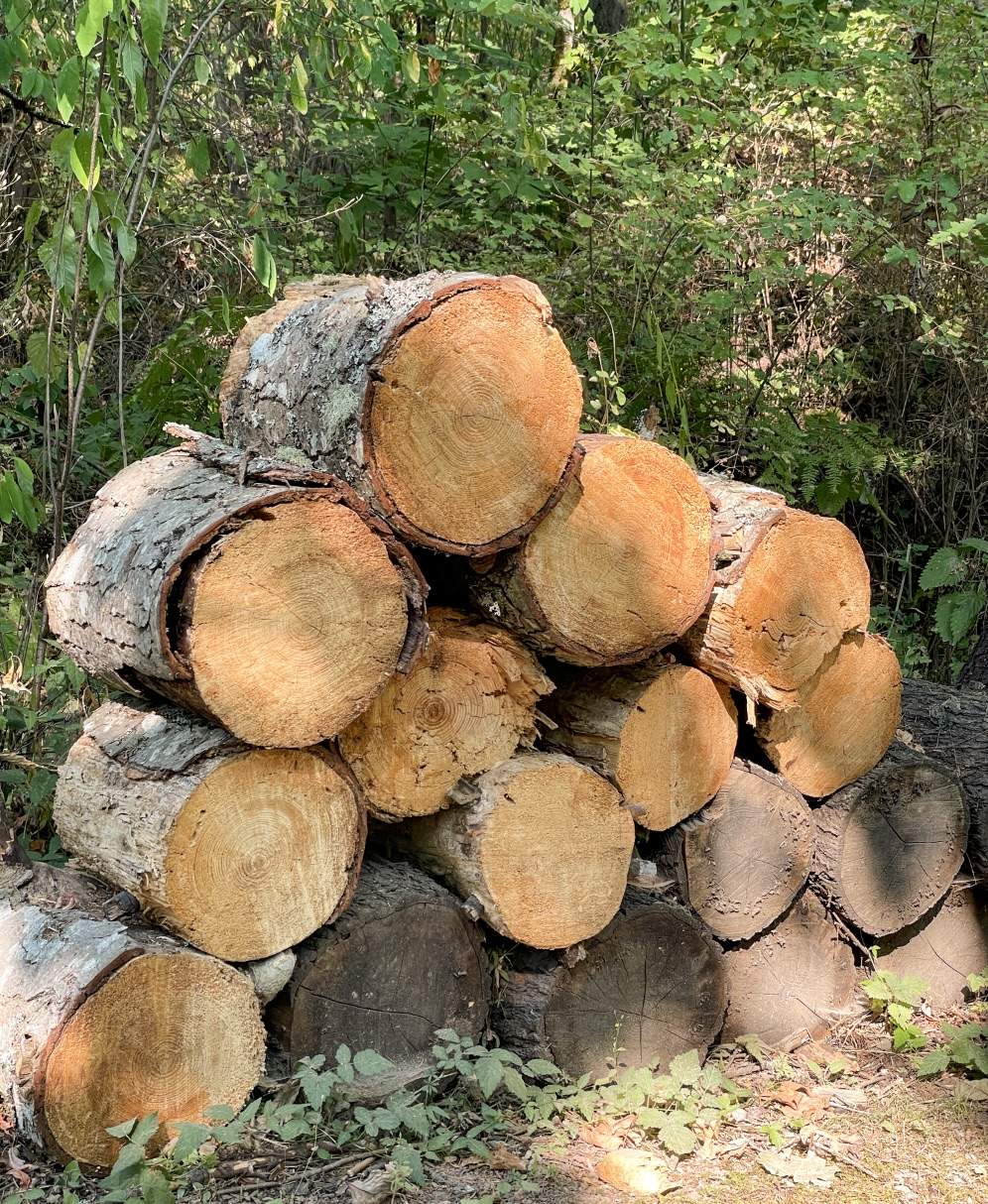 Friday was a good news, bad news day for Northern Ontario’s forest products sector. Folks in Kapukasing are breathing easier…the federal and provincial governments announced they’re contributing a total investment of $28.8 million to sustain the Kapuskasing paper mill for the short term. Broken down, the province is spending $16.8 million, while the feds are chipping in $12 million. …However, forestry’s shaky conditions have put another community in peril [with] Interfor indefinitely shutting down its Ear Falls sawmill. …Unifor is calling for immediate action involving all levels of government to develop an industrial strategy for the forestry sector… The Northwestern Ontario Municipal Association and the Federation of Northern Ontario Municipalities issued a joint statement that “urgent and coordinated action is required to ensure long-term stability across Northern Ontario’s forestry and resource sectors.” The best outcome, the group said, is for government to strike a long-term trade deal with the U.S. to ensure economic and employment stability.
Friday was a good news, bad news day for Northern Ontario’s forest products sector. Folks in Kapukasing are breathing easier…the federal and provincial governments announced they’re contributing a total investment of $28.8 million to sustain the Kapuskasing paper mill for the short term. Broken down, the province is spending $16.8 million, while the feds are chipping in $12 million. …However, forestry’s shaky conditions have put another community in peril [with] Interfor indefinitely shutting down its Ear Falls sawmill. …Unifor is calling for immediate action involving all levels of government to develop an industrial strategy for the forestry sector… The Northwestern Ontario Municipal Association and the Federation of Northern Ontario Municipalities issued a joint statement that “urgent and coordinated action is required to ensure long-term stability across Northern Ontario’s forestry and resource sectors.” The best outcome, the group said, is for government to strike a long-term trade deal with the U.S. to ensure economic and employment stability.
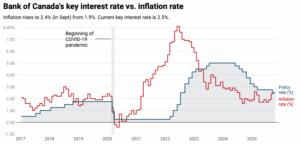 OTTAWA — Some economists say surprisingly strong September inflation figures will give the Bank of Canada pause ahead of its interest rate decision next week. Annual inflation accelerated to 2.4% last month, Statistics Canada said Tuesday. That’s a jump of half a percentage point from 1.9% in August and a tick higher than economists’ expectations. …The September inflation report will be the Bank of Canada’s last look at price data before the central bank’s next interest rate decision on Oct. 29. The central bank lowered its benchmark interest rate by a quarter point to 2.5% at its last decision in September. The Bank of Canada’s preferred measures of core inflation showed some stubbornness in September, holding above the three per cent mark. “This will make the Bank of Canada’s decision a bit more interesting next week than previously expected,” said BMO chief economist Doug Porter.
OTTAWA — Some economists say surprisingly strong September inflation figures will give the Bank of Canada pause ahead of its interest rate decision next week. Annual inflation accelerated to 2.4% last month, Statistics Canada said Tuesday. That’s a jump of half a percentage point from 1.9% in August and a tick higher than economists’ expectations. …The September inflation report will be the Bank of Canada’s last look at price data before the central bank’s next interest rate decision on Oct. 29. The central bank lowered its benchmark interest rate by a quarter point to 2.5% at its last decision in September. The Bank of Canada’s preferred measures of core inflation showed some stubbornness in September, holding above the three per cent mark. “This will make the Bank of Canada’s decision a bit more interesting next week than previously expected,” said BMO chief economist Doug Porter. Alain Ouzilleau, owner of Groupe Cabico, spent millions upgrading his two factories in Quebec and Ontario into state-of-the-art facilities shipping around $100-million worth of high-end kitchen cabinets to the US each year. Almost overnight, that business has been thrown into jeopardy. …“We have very long-term loyal customers,” Mr. Ouzilleau said. “But the 50% that is planned to be effective January 1st is just a death sentence.” …Hundreds of other Canadian cabinet and furniture makers also stand to lose their key export business, with limited ability to expand in a crowded domestic market. …What started as tariffs on steel, aluminum and automobiles has expanded to include copper and lumber, with a tariff on heavy trucks slated to come into force in November. The Trump administration is also conducting investigations into aircraft, semiconductors and industrial machinery, among other industries, suggesting more tariffs are on the horizon. [to access the full story a Globe & Mail subscription is required]
Alain Ouzilleau, owner of Groupe Cabico, spent millions upgrading his two factories in Quebec and Ontario into state-of-the-art facilities shipping around $100-million worth of high-end kitchen cabinets to the US each year. Almost overnight, that business has been thrown into jeopardy. …“We have very long-term loyal customers,” Mr. Ouzilleau said. “But the 50% that is planned to be effective January 1st is just a death sentence.” …Hundreds of other Canadian cabinet and furniture makers also stand to lose their key export business, with limited ability to expand in a crowded domestic market. …What started as tariffs on steel, aluminum and automobiles has expanded to include copper and lumber, with a tariff on heavy trucks slated to come into force in November. The Trump administration is also conducting investigations into aircraft, semiconductors and industrial machinery, among other industries, suggesting more tariffs are on the horizon. [to access the full story a Globe & Mail subscription is required] Lumber futures fell below $610 per thousand board feet, their lowest level since October 8 and down 12% from a three-year high in early August, as a slowing US housing market outweighed potential supply curbs from tariffs. August building permits dropped to a seasonally adjusted annualized rate of 1.33 million, the lowest since May 2020, while housing starts fell 8.5%, marking the fourth-lowest reading in over five years. Earlier this month, the US imposed a 10% tariff on Canadian lumber, with the Trump administration stating it aims to expand domestic timber harvesting and reduce reliance on foreign lumber. Looking ahead, expected Federal Reserve rate cuts could stimulate construction and home buying and encourage homeowners to borrow for repairs and renovations, the largest driver of lumber demand. However, signs of a slowing labor market and rising inflation suggest demand may remain subdued.
Lumber futures fell below $610 per thousand board feet, their lowest level since October 8 and down 12% from a three-year high in early August, as a slowing US housing market outweighed potential supply curbs from tariffs. August building permits dropped to a seasonally adjusted annualized rate of 1.33 million, the lowest since May 2020, while housing starts fell 8.5%, marking the fourth-lowest reading in over five years. Earlier this month, the US imposed a 10% tariff on Canadian lumber, with the Trump administration stating it aims to expand domestic timber harvesting and reduce reliance on foreign lumber. Looking ahead, expected Federal Reserve rate cuts could stimulate construction and home buying and encourage homeowners to borrow for repairs and renovations, the largest driver of lumber demand. However, signs of a slowing labor market and rising inflation suggest demand may remain subdued. The Canadian government has opened applications for a $700 million loan guarantee program that helps lumber companies weather mounting US tariffs that have pushed some firms into bankruptcy. The Business Development Bank of Canada
The Canadian government has opened applications for a $700 million loan guarantee program that helps lumber companies weather mounting US tariffs that have pushed some firms into bankruptcy. The Business Development Bank of Canada 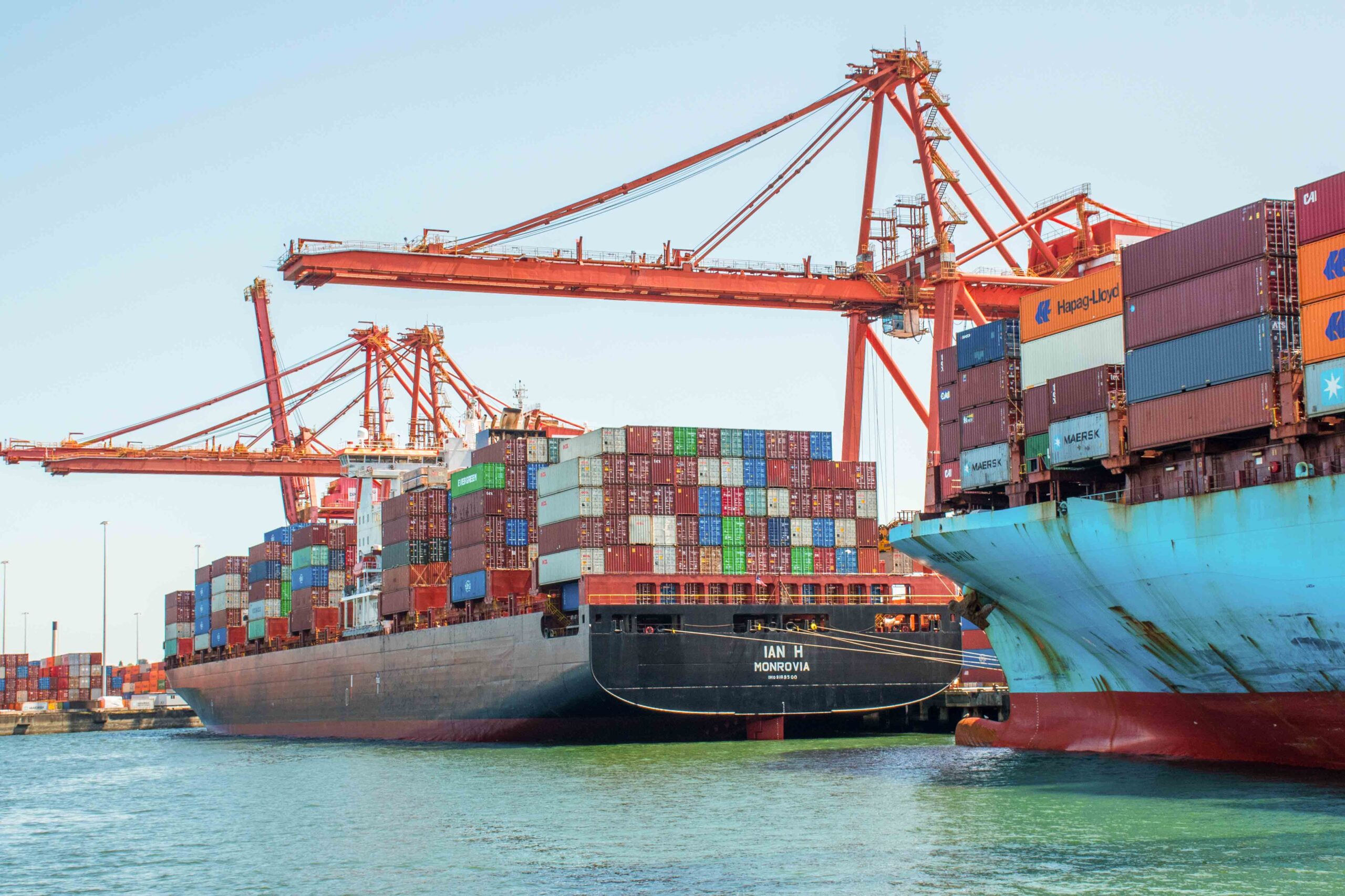 Canada’s merchandise exports fell by three per cent in August to a seasonally adjusted $60.5 billion. This was the second lowest month of the year after April as sales to the U.S. retreated. Imports rose by 0.9 per cent to a seasonally adjusted $66.9 billion during the month. Consequently, the trade deficit grew to $6.3 billion, down from a revised $3.8 billion in July. …The decline was led by a 21.2 per cent drop in forestry products and a 12.5 per cent decline in energy products. The steep decline in forestry products in August 2025 followed the increase of anti-dumping and countervailing duty rates on Canadian softwood lumber that took effect in the U.S. in late July and early August. Section 232 tariffs on lumber in effect in October will be a further headwind. …Year-to-date exports are down slightly (-0.1 per cent) with lower forestry products and building and packaging materials exports (-6.1 per cent)
Canada’s merchandise exports fell by three per cent in August to a seasonally adjusted $60.5 billion. This was the second lowest month of the year after April as sales to the U.S. retreated. Imports rose by 0.9 per cent to a seasonally adjusted $66.9 billion during the month. Consequently, the trade deficit grew to $6.3 billion, down from a revised $3.8 billion in July. …The decline was led by a 21.2 per cent drop in forestry products and a 12.5 per cent decline in energy products. The steep decline in forestry products in August 2025 followed the increase of anti-dumping and countervailing duty rates on Canadian softwood lumber that took effect in the U.S. in late July and early August. Section 232 tariffs on lumber in effect in October will be a further headwind. …Year-to-date exports are down slightly (-0.1 per cent) with lower forestry products and building and packaging materials exports (-6.1 per cent)

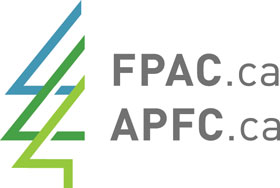 Forest Products Association of Canada (FPAC) President and CEO Derek Nighbor released the following statement following yesterday’s EU Commission proposal related to the implementation of the EU Deforestation-free Product Regulation (EUDR). “This proposal does not address real concerns with an EU Information Technology (IT) system that is still not fit for purpose and does not address concerns raised by micro- and small businesses part of the integrated supply chain for larger organizations. “We would like to see practical simplification of the EUDR, that appropriately recognizes low-risk third countries such as Canada, as well as EU Member States. We are committed to work quickly with global partners to find an improved proposal, that will both meet the intent of the Regulation, while also enabling strong and vibrant trading relationships, as committed to in the June 2025 strategic partnership between the European Union and Canada.
Forest Products Association of Canada (FPAC) President and CEO Derek Nighbor released the following statement following yesterday’s EU Commission proposal related to the implementation of the EU Deforestation-free Product Regulation (EUDR). “This proposal does not address real concerns with an EU Information Technology (IT) system that is still not fit for purpose and does not address concerns raised by micro- and small businesses part of the integrated supply chain for larger organizations. “We would like to see practical simplification of the EUDR, that appropriately recognizes low-risk third countries such as Canada, as well as EU Member States. We are committed to work quickly with global partners to find an improved proposal, that will both meet the intent of the Regulation, while also enabling strong and vibrant trading relationships, as committed to in the June 2025 strategic partnership between the European Union and Canada.

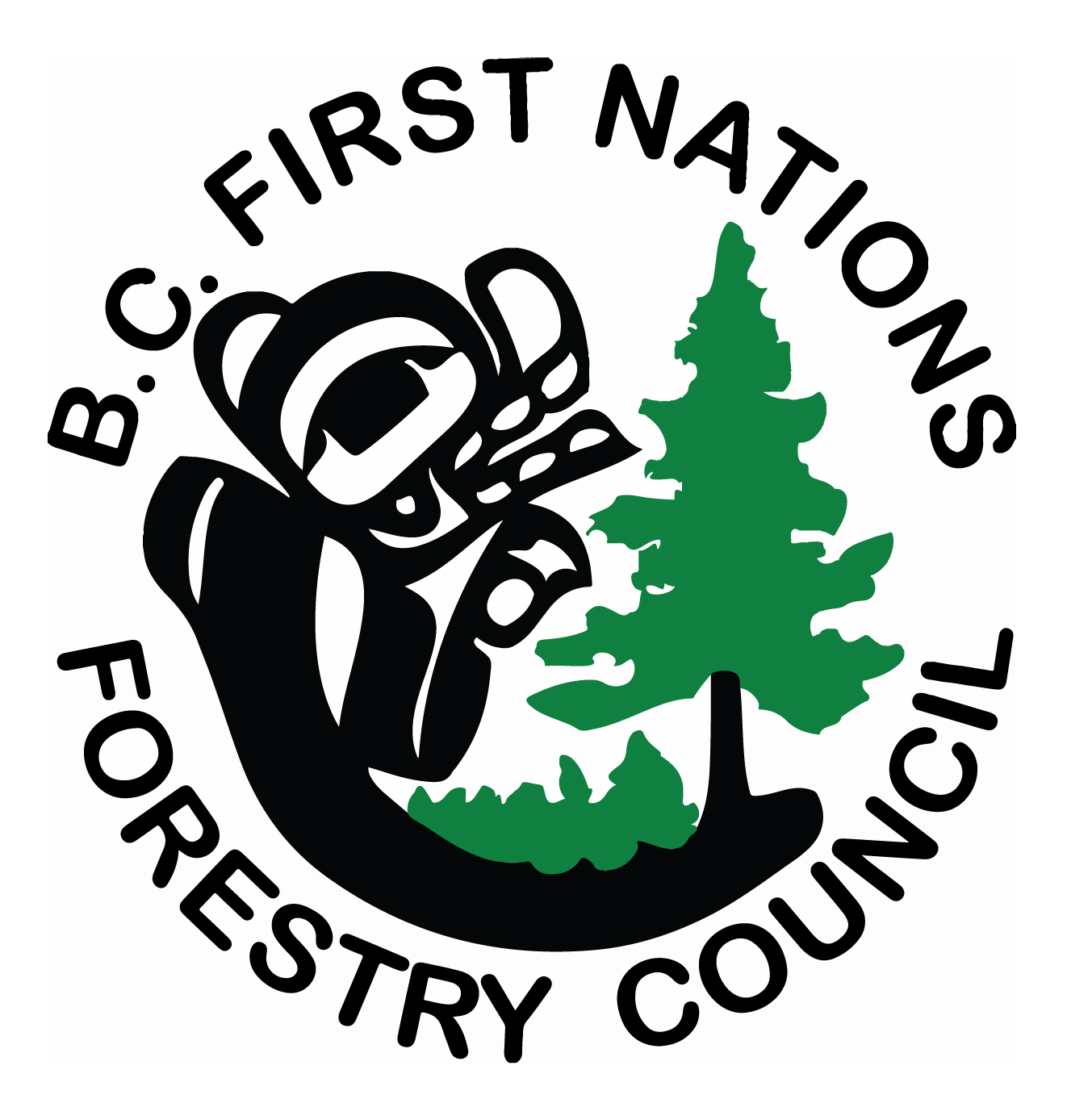 NASHVILLE, Tenn.– LP Building Solutions (LP) announced the continuation of its partnership with the [US based] Forest Workforce Training Institute’s ForestryWorks® program and a new collaboration with the [British Columbia, Canada] First Nations Forestry Council. Both initiatives aim to develop the next generation of forestry professionals and advance sustainable forest management across North America. …“Programs like ForestryWorks and First Nations Forestry Council help ensure forests remain healthy and productive while supporting the future of sustainable forestry,” said LP Chair and CEO Brad Southern. “By investing in tomorrow’s workforce, we’re also investing in the continued success of renewable, high-performance building solutions.” …“We’re pleased to welcome LP Building Solutions as a program partner in advancing Indigenous participation in forestry through the Indigenous Forestry Scholarship Program,” said BC First Nations Forestry Council CEO Lennard (Suxʷsxʷwels) Joe.
NASHVILLE, Tenn.– LP Building Solutions (LP) announced the continuation of its partnership with the [US based] Forest Workforce Training Institute’s ForestryWorks® program and a new collaboration with the [British Columbia, Canada] First Nations Forestry Council. Both initiatives aim to develop the next generation of forestry professionals and advance sustainable forest management across North America. …“Programs like ForestryWorks and First Nations Forestry Council help ensure forests remain healthy and productive while supporting the future of sustainable forestry,” said LP Chair and CEO Brad Southern. “By investing in tomorrow’s workforce, we’re also investing in the continued success of renewable, high-performance building solutions.” …“We’re pleased to welcome LP Building Solutions as a program partner in advancing Indigenous participation in forestry through the Indigenous Forestry Scholarship Program,” said BC First Nations Forestry Council CEO Lennard (Suxʷsxʷwels) Joe. 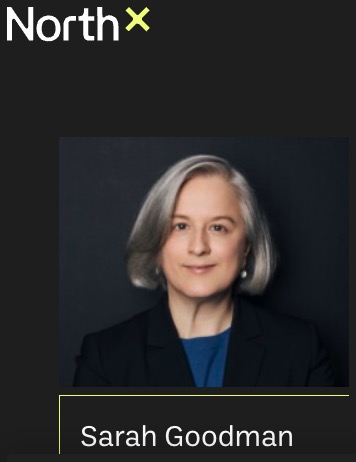 VANCOUVER, BC – NorthX Climate Tech (NorthX), a BC-based innovation catalyst backing the builders of Canadian climate hard tech, today launched a funding opportunity for Canadian wildfire technologies. Through the 2025 Wildfire Tech Call for Innovation, NorthX will provide up to $3 million in non-dilutive investments to Canadian companies developing advanced technologies that prevent mega wildfires, enhance firefighting response, and support faster recovery. “With each passing year, wildfires are posing an ever-growing threat to communities across Canada,” said Sarah Goodman, President & CEO of NorthX. “In response, NorthX led the way with Canada’s first wildfire innovation call in 2024. This new round builds on that success, backing Canadian innovators developing the tools to fight fires, cut emissions, and protect lives.” …Founded in 2021 with an initial investment from the Government of Canada, the BC Government, and Shell Canada, NorthX Climate Tech (NorthX) is a catalyst for climate action…
VANCOUVER, BC – NorthX Climate Tech (NorthX), a BC-based innovation catalyst backing the builders of Canadian climate hard tech, today launched a funding opportunity for Canadian wildfire technologies. Through the 2025 Wildfire Tech Call for Innovation, NorthX will provide up to $3 million in non-dilutive investments to Canadian companies developing advanced technologies that prevent mega wildfires, enhance firefighting response, and support faster recovery. “With each passing year, wildfires are posing an ever-growing threat to communities across Canada,” said Sarah Goodman, President & CEO of NorthX. “In response, NorthX led the way with Canada’s first wildfire innovation call in 2024. This new round builds on that success, backing Canadian innovators developing the tools to fight fires, cut emissions, and protect lives.” …Founded in 2021 with an initial investment from the Government of Canada, the BC Government, and Shell Canada, NorthX Climate Tech (NorthX) is a catalyst for climate action…


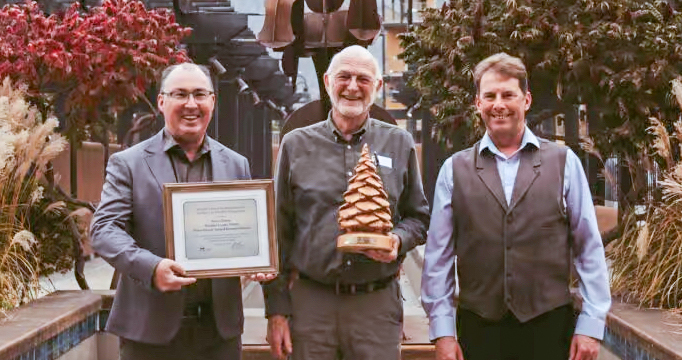
 CAMPBELL RIVER – The Forest Practices Board will conduct an audit of Aat’uu Forestry Limited Partnership’s Forest Licence A19236 in the Campbell River Natural Resource District of the North Island Timber Supply Area, starting Monday, Oct. 20, 2025. The audit will examine whether forestry activities carried out between Oct. 1, 2023, and Oct. 24, 2025, comply with the Forest and Range Practices Act and the Wildfire Act. …Forest Licence A19236 is held by Aat’uu Forestry Limited Partnership, a company owned by the Ehattesaht First Nation, and is managed by Strategic Natural Resource Group from its Campbell River office. The licence covers an operating area of about 60,000 hectares, of which Aat’uu currently manages an allowable annual cut of approximately 50,000 cubic metres. The audit area is on the west coast of Vancouver Island, about 70 kilometres south of Port McNeill, near the community of Zeballos, within Ehattesaht territory and neighbouring territories of the Nuchatlaht and Ka:’yu:’k’t’h’/Che:k:tles7et’h’ Nations.
CAMPBELL RIVER – The Forest Practices Board will conduct an audit of Aat’uu Forestry Limited Partnership’s Forest Licence A19236 in the Campbell River Natural Resource District of the North Island Timber Supply Area, starting Monday, Oct. 20, 2025. The audit will examine whether forestry activities carried out between Oct. 1, 2023, and Oct. 24, 2025, comply with the Forest and Range Practices Act and the Wildfire Act. …Forest Licence A19236 is held by Aat’uu Forestry Limited Partnership, a company owned by the Ehattesaht First Nation, and is managed by Strategic Natural Resource Group from its Campbell River office. The licence covers an operating area of about 60,000 hectares, of which Aat’uu currently manages an allowable annual cut of approximately 50,000 cubic metres. The audit area is on the west coast of Vancouver Island, about 70 kilometres south of Port McNeill, near the community of Zeballos, within Ehattesaht territory and neighbouring territories of the Nuchatlaht and Ka:’yu:’k’t’h’/Che:k:tles7et’h’ Nations.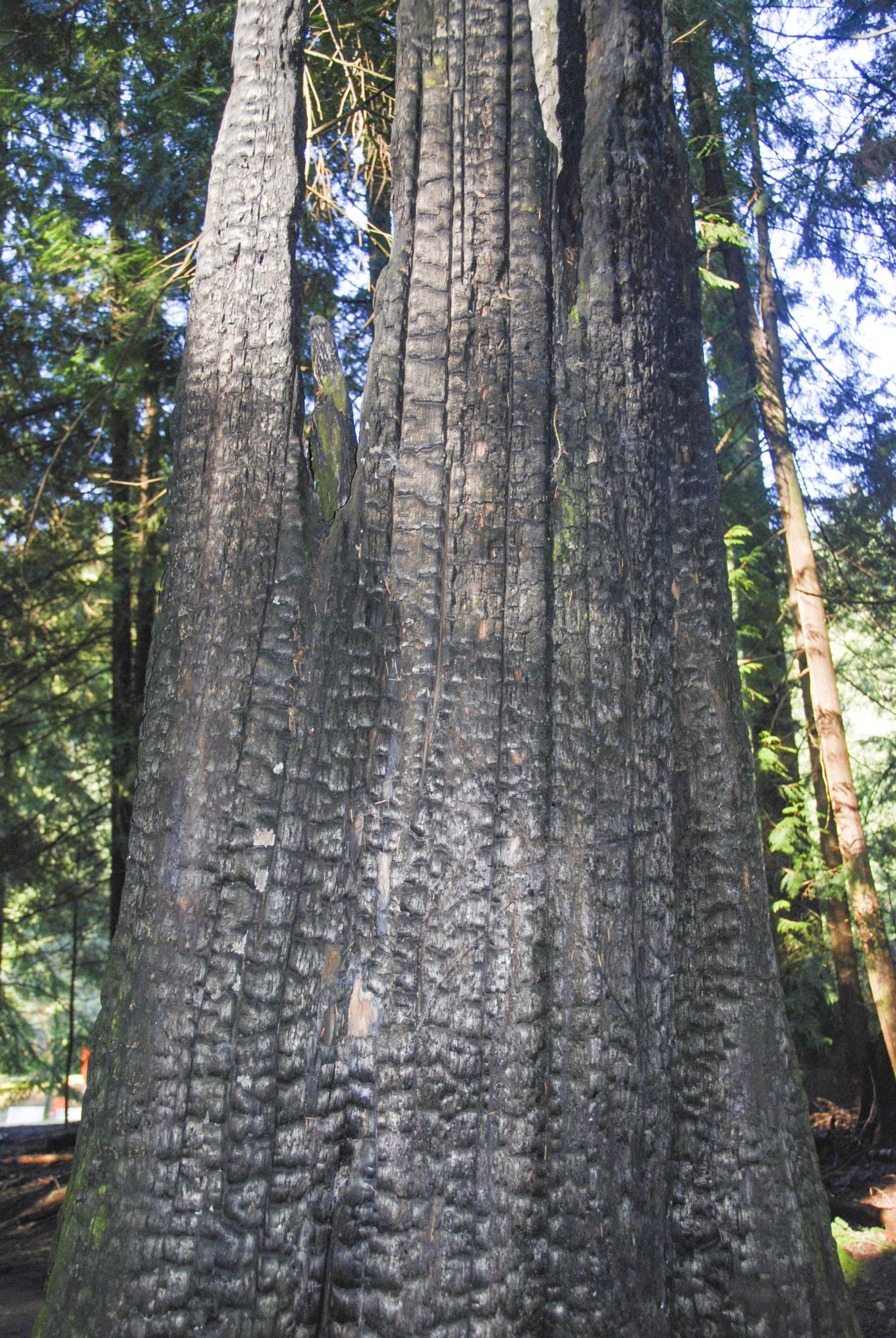 Two new reports on the July 2024 devastating wildfire in Jasper, Alta., confirm the blaze was caused by lightning and accelerated by “tornado-force fire-generated” winds and dry conditions. The fire — three separate blazes that merged into one — destroyed a third of the community’s structures. It forced 25,000 residents and displaced an estimated 2,000 people. The reports, commissioned by Parks Canada, say efforts to reduce fuel for wildfires, including prescribed burns, helped mitigate the blaze. But one of the reports, which looks at how the fire formed and developed, says more burns and other attempts to reduce fuel would have been beneficial, since the fire began in an area south of town that had not burned or been treated in over a century. …The reports come after the town published its own fire report earlier this year, leading to controversy with the province as it said Premier Danielle Smith’s government caused command challenges in the fire response.
Two new reports on the July 2024 devastating wildfire in Jasper, Alta., confirm the blaze was caused by lightning and accelerated by “tornado-force fire-generated” winds and dry conditions. The fire — three separate blazes that merged into one — destroyed a third of the community’s structures. It forced 25,000 residents and displaced an estimated 2,000 people. The reports, commissioned by Parks Canada, say efforts to reduce fuel for wildfires, including prescribed burns, helped mitigate the blaze. But one of the reports, which looks at how the fire formed and developed, says more burns and other attempts to reduce fuel would have been beneficial, since the fire began in an area south of town that had not burned or been treated in over a century. …The reports come after the town published its own fire report earlier this year, leading to controversy with the province as it said Premier Danielle Smith’s government caused command challenges in the fire response. The Northwest Territories could see more difficult wildfire seasons ahead – all the way into the next century, according to recent research. One
The Northwest Territories could see more difficult wildfire seasons ahead – all the way into the next century, according to recent research. One 
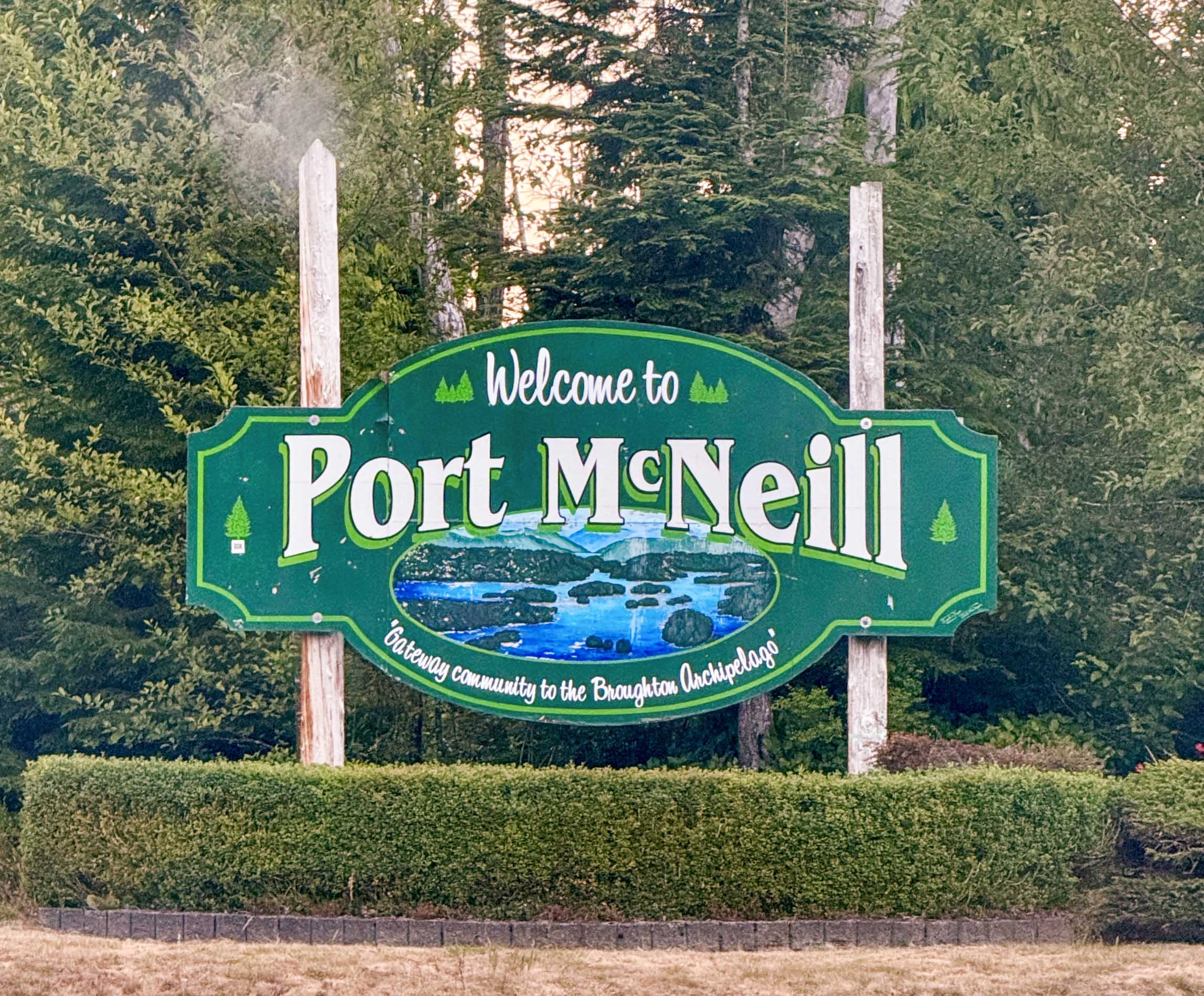 The Forest Practices Board, an independent watchdog, is set to conduct an audit on a forestry operation near Port McNeill. The Aat’uu Forestry Limited Partnership’s Forest Licence A19236 in the Campbell River Natural Resource District of the North Island Timber Supply Area is the subject of the audit, starting on Oct. 20. “The audit will examine whether forestry activities carried out between Oct. 1, 2023, and Oct. 24, 2025, comply with the Forest and Range Practices Act and the Wildfire Act,” reads a press release from the Forest Practices Board. “Activities subject to audit include timber harvesting; road and bridge construction, maintenance, and deactivation; silviculture; wildfire protection; and related operational planning.” The Aat’uu Forestery Limited Partnership is a company owned by the Ehattesaht First Nation. It is managed by Strategic Natural Resource Group from an office in Campbell River.
The Forest Practices Board, an independent watchdog, is set to conduct an audit on a forestry operation near Port McNeill. The Aat’uu Forestry Limited Partnership’s Forest Licence A19236 in the Campbell River Natural Resource District of the North Island Timber Supply Area is the subject of the audit, starting on Oct. 20. “The audit will examine whether forestry activities carried out between Oct. 1, 2023, and Oct. 24, 2025, comply with the Forest and Range Practices Act and the Wildfire Act,” reads a press release from the Forest Practices Board. “Activities subject to audit include timber harvesting; road and bridge construction, maintenance, and deactivation; silviculture; wildfire protection; and related operational planning.” The Aat’uu Forestery Limited Partnership is a company owned by the Ehattesaht First Nation. It is managed by Strategic Natural Resource Group from an office in Campbell River.
 The BC Forest History Association is pleased to welcome Dr. Barry Cooke, Research Scientist with the Canadian Forest Service, as our second speaker of 2025. Dr. Cooke is one of Canada’s leading experts on modeling insect outbreak processes and patterns, with more than 30 years of experience studying spruce budworm population dynamics and forest insect ecology. He has authored over 90 scientific publications, advancing our understanding of budworms, beetles, and other major forest pests through spatial simulation modeling. Join us for this free online presentation, “A History of Debate on Budworms: A BC Perspective.” Tuesday, October 21st 2025 – 7:00 to 8:00 PST
The BC Forest History Association is pleased to welcome Dr. Barry Cooke, Research Scientist with the Canadian Forest Service, as our second speaker of 2025. Dr. Cooke is one of Canada’s leading experts on modeling insect outbreak processes and patterns, with more than 30 years of experience studying spruce budworm population dynamics and forest insect ecology. He has authored over 90 scientific publications, advancing our understanding of budworms, beetles, and other major forest pests through spatial simulation modeling. Join us for this free online presentation, “A History of Debate on Budworms: A BC Perspective.” Tuesday, October 21st 2025 – 7:00 to 8:00 PST 

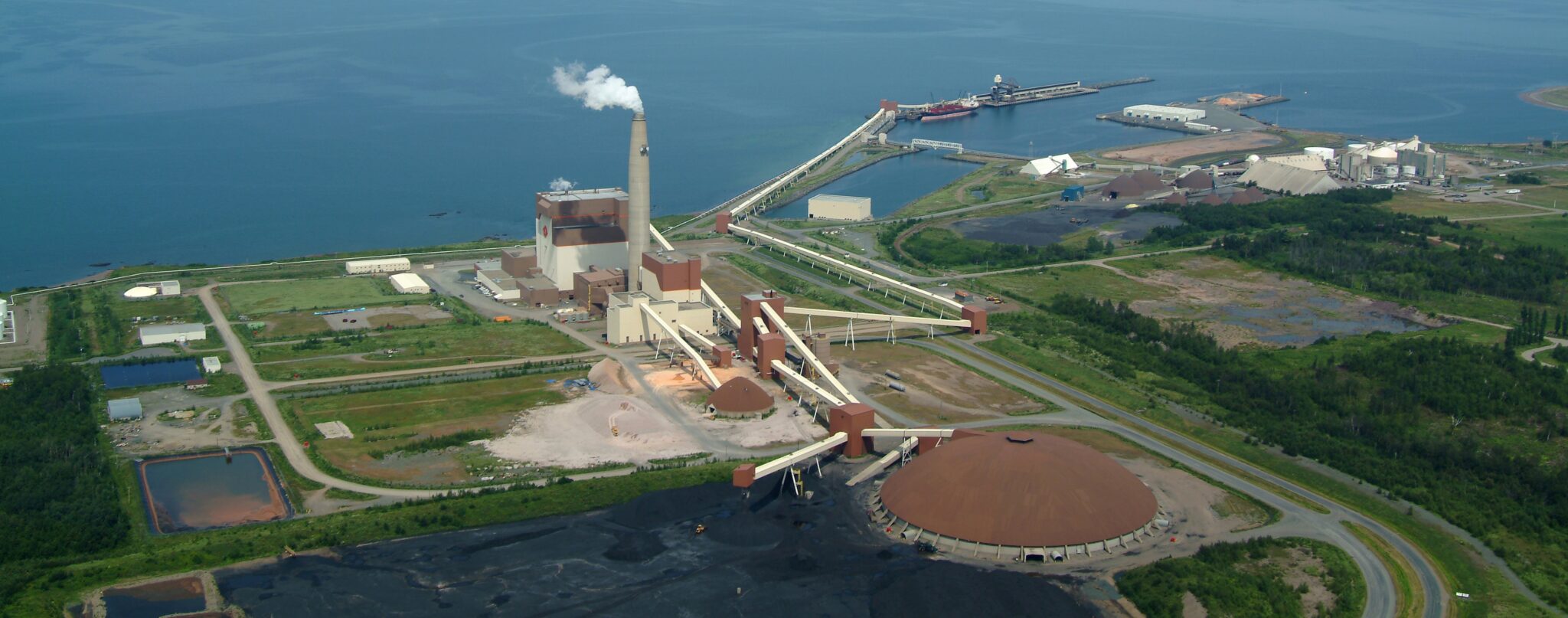

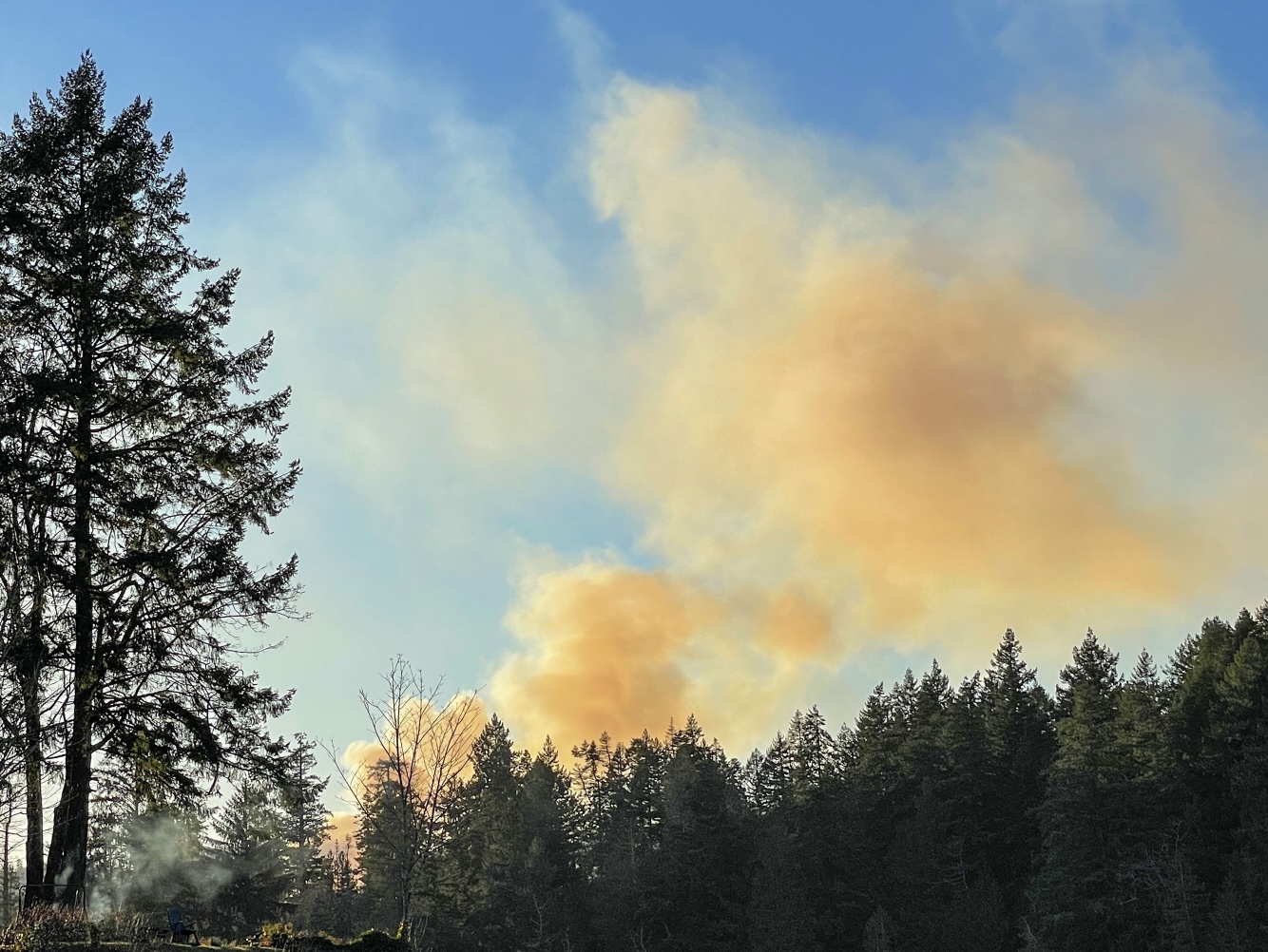 There’s been a cool edge to the air the last week or so. You may have noticed something else in the air, too — smoke. Unfortunately for those with health conditions like respiratory problems and heart disease, and for those who don’t want to develop them, two jurisdictions in the Cowichan Valley still allow at least some backyard burning, and wood burning appliances are still common everywhere in the Cowichan Valley Regional District. The Town of Ladysmith, City of Duncan and Town of Lake Cowichan have completely banned backyard burning. The Municipality of North Cowichan has cut back on what it allows, but there are still large swaths of territory within its boundaries where lighting up a burn pile is still allowed. … Cowichan’s transfer stations accept yard waste free of charge, so people can take their debris there instead of lighting it up. So consider your alternatives, and the people around you before you burn. Smoke travels.
There’s been a cool edge to the air the last week or so. You may have noticed something else in the air, too — smoke. Unfortunately for those with health conditions like respiratory problems and heart disease, and for those who don’t want to develop them, two jurisdictions in the Cowichan Valley still allow at least some backyard burning, and wood burning appliances are still common everywhere in the Cowichan Valley Regional District. The Town of Ladysmith, City of Duncan and Town of Lake Cowichan have completely banned backyard burning. The Municipality of North Cowichan has cut back on what it allows, but there are still large swaths of territory within its boundaries where lighting up a burn pile is still allowed. … Cowichan’s transfer stations accept yard waste free of charge, so people can take their debris there instead of lighting it up. So consider your alternatives, and the people around you before you burn. Smoke travels.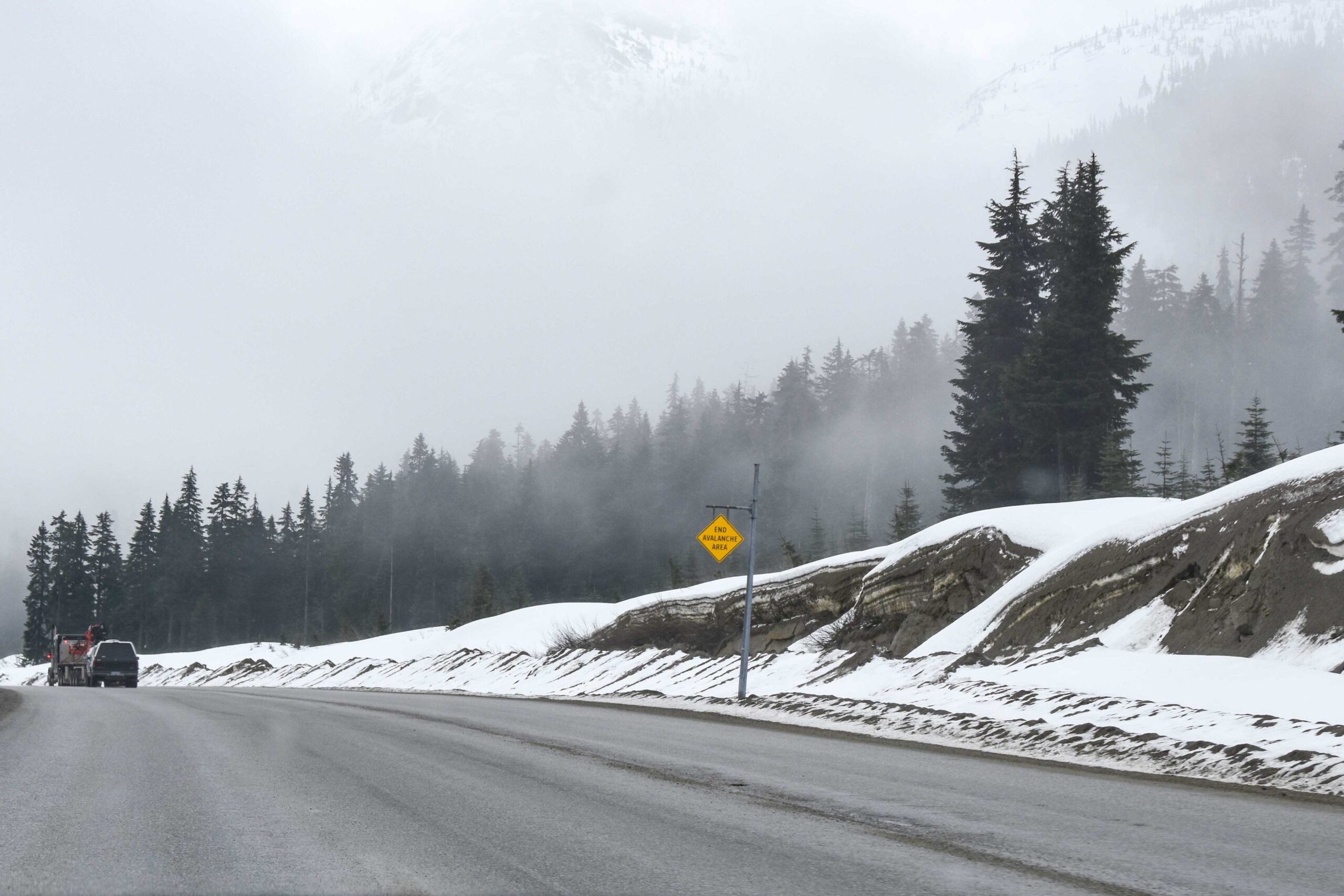 Does your workplace safety program include steps to reduce the risks your drivers face when driving on the job in winter? It needs to. Your safety responsibilities don’t change with the seasons. But you do need to address the additional driving hazards created by winter road and weather conditions. Some of the biggest hazards for log haulers include:
Does your workplace safety program include steps to reduce the risks your drivers face when driving on the job in winter? It needs to. Your safety responsibilities don’t change with the seasons. But you do need to address the additional driving hazards created by winter road and weather conditions. Some of the biggest hazards for log haulers include: